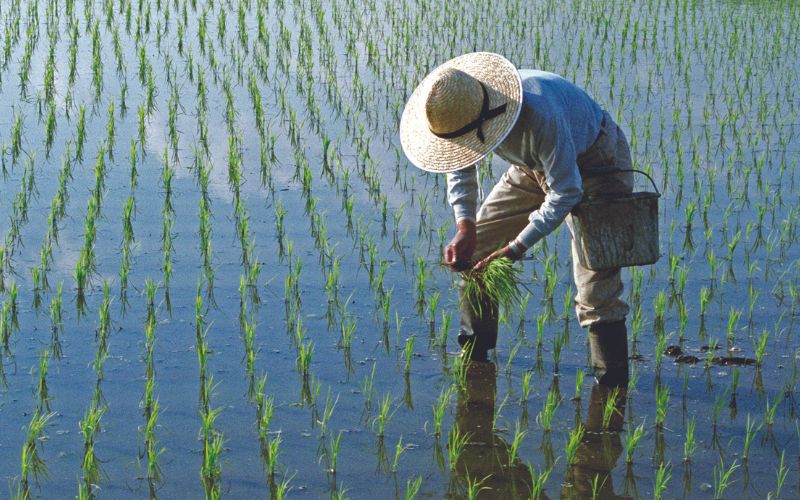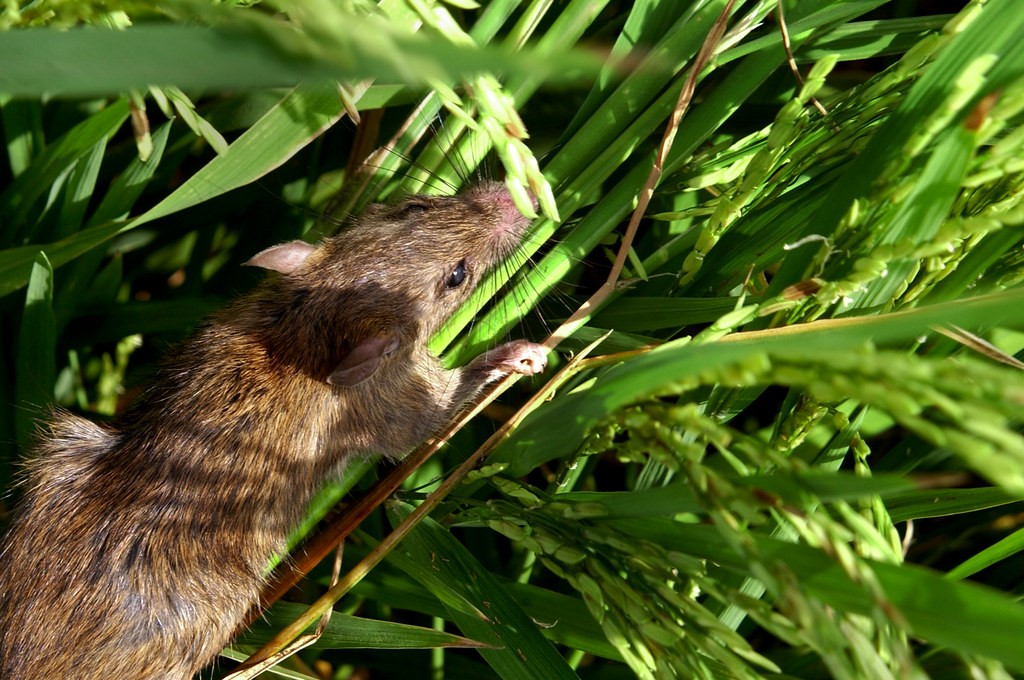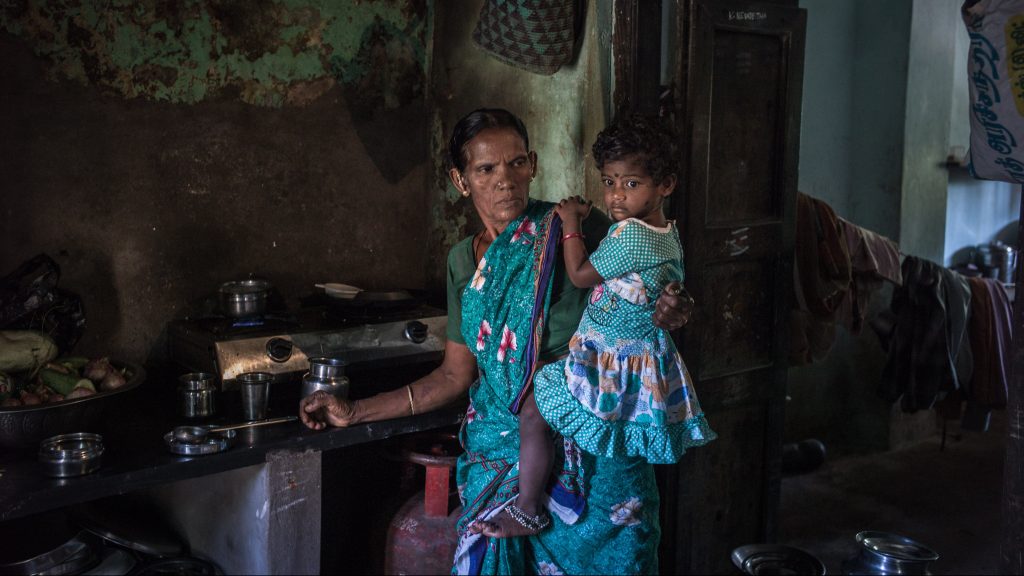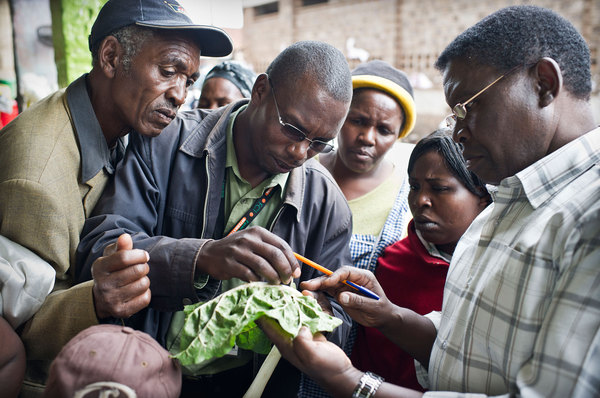Five yield-threatening pests and diseases of rice
Pests and diseases of rice are a significant constraint in rice production, accounting for up to 30% of yield losses. Rice is cultivated in over 100 countries and is a staple food source for over half the world’s population. Therefore, the sustainable management of rice pests and diseases is essential if we are to feed…
Integrated rodent management: rice production
Rodents are a particularly challenging pest in the rice production industry as they are a problem all the way from sowing to harvest. The rice field rat (Rattus argentiventer) causes average losses of 10-20% in rice growing areas. Ranking as the most important non-weed pest in Indonesia for 15 years up until 2000. Integrated Pest…
CABI helps Kenyan farmers combat invasive apple snail
In 2019, Kenyan farmers first started reporting instances of the invasive apple snail (Pomacea canaliculata) infesting rice paddy nurseries. Thanks to speedy action by the Kenya Plant Health Inspectorate Service (KEPHIS) and the Ministry of Agriculture, intervention actions were rolled out across the country. Importantly, these interventions spread awareness of the new invasive pest and…
Biological controls viable alternative to pesticides for rice farmers in China
Between 2011 and 2015, CABI set up 22 Trichogramma rearing facilities as part of a project to promote the use of biologically-based Integrated Pest Management (IPM) for rice and maize crops. In addition to creating the Trichogramma rearing facilities, IPM strategies for rice and maize were developed in Southwestern China, Laos and Myanmar.
‘Green Super Rice’: Improving smallholder incomes and reducing hunger across Asia and Africa
Scientists and crop breeders in China have produced new varieties of rice called ‘Green Super Rice’ (GSR) to help tackle the global burden of increasing populations, food production and farmer incomes with its 20% increase in yield across varying challenging growing conditions.
Using rice to filter pesticide runoff
Rice has been a staple food crop for millions of people for hundreds of years. This important crop is now a major part of 20% of the world’s population, with it being grown on every continent except Antarctica.Whilst rice is known to be an important part of our diet, recently published research has shown how…
Agricultural pest control by bats in Madagascar
A new study has brought to light how native bat species in Madagascar are playing an important role in the control of agricultural crop pests. If more attention and information was brought to this, zoologists from the University of Cambridge believe that bats could reduce the financial strain on farmers for chemical pesticide use as…
Philippine farmers worst hit by Typhoon Mangkhut
Typhoon Mangkhut (local name: Ompong) recently swept across the northern island of Luzon, Philippines, severely affecting the country’s bread basket. According to the National Disaster Risk Reduction and Management Council, approximately 171,932 farmers have suffered as a consequence of the storm.
Fostering knowledge and confidence to feed more
Globally, an estimated 815 million people go hungry each day. Without access to healthy food, they are chronically undernourished. Meanwhile, in spite of advances in agricultural technology, approximately 40% of the food grown annually in rural communities is lost to pests and diseases. People living with persistent hunger need and deserve a sustainable solution based…
Developing pest-smart farmers in Cambodia
In Rohal Suong Climate-Smart Village, adoption of ecological engineering practices has improved farmers’ ability to prevent pests and diseases outbreaks while reducing pesticides use. Every year, a great portion of Cambodian farmers’ income is at risk because of possible pests and diseases (P&D) outbreak. Aside from the inadequate knowledge of farmers, climate change aggravates the…










